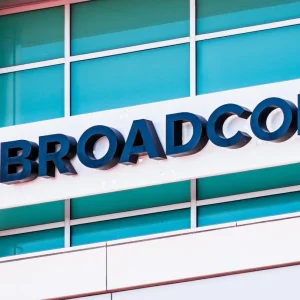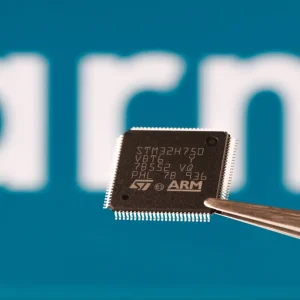
Santander’s venture capital fund has been busy splashing the cash with UK start-ups in the fintech space.
Pixoneye and Curve from the UK and Gridspace from the US are the most recent recipients of investment from Santander InnoVentures, which has spent $200m in the last six months across 15 different fintech companies.
The fintech funding of Pixoneye and Gridspace adds a deeper element of artificial intelligence to the fund, adding to other investments in the area with Elliptic and Socure.
Read more: Inforum 2017: Infor adds Coleman to the Alexa, Siri, Watson & Einstein AI gang
Pixoneye focuses on predictive personalisation technology, basically its technology is designed to try and predict the changing needs of customers and offer tailored products. Gridspace uses AI to turn conversations into structured business data by applying AI to spoken and written communications. 
Curve is targeting the connected finance space by working on technology that combines all payment cards into one Mastercard that is connected to a mobile app.
Mariano Belinky, managing partner of Santander InnoVentures, said: “As we invest in our core areas of artificial intelligence, open banking and customer centric solutions, we continue to position Banco Santander as a leader in financial services innovation and support the Group in its strategy of collaborating with disruptive companies, to make meaningful leaps in how we serve customers.”
Read more: FinTech startup ahead of the Curve with ‘financial time travel’
The Santander investment fund’s continued interest in the fintech space is an understandable one given the growing consumer demand for digital banking tools and pressure from regulatory bodies such as the CMA and FCA for banks to offer more digital services.
The most recent example of the customer shift to digital services comes in the shape of debit cards overtaking cash to become the number one payment method in the UK.
According to data collected by the British Retail Consortium the share of debit card payments grew last year by 4.5% to around 43%, cash usage dropped by 4.9% to now account for 42% of retail purchases.






